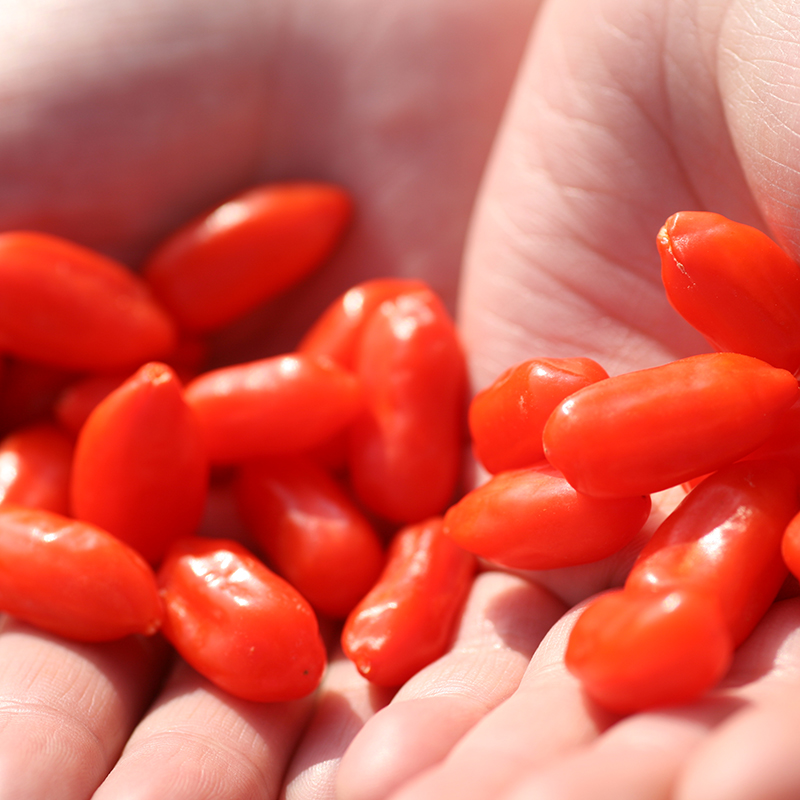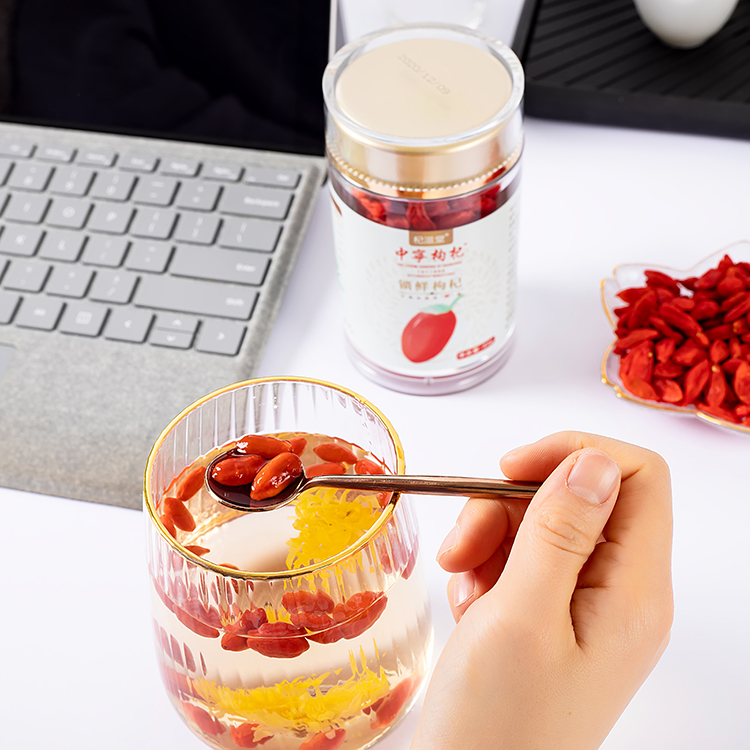Considerations for purchasing a valve positioner
In many control applications, the valve positioner is one of the important accessories for the regulating valve zui. Especially for a specific application, if you want to choose a Zui valve positioner, you should consider the following factors:
1) Can the valve positioner realize “Split_ranging†to realize “Split†is easy and convenient? The “Split†function means that the valve positioner only has a certain range of input signals (eg: 4~) 12mA or 0.02~0.06MPaG) is responsive. Therefore, if the "segment" can be "segmented", it is possible to control two or more regulating valves in succession with only one input signal according to actual needs.
2) Is it easy and convenient to adjust the zero and span of the positioner? Is it possible to complete the zero and span adjustment without opening the cover? But it is worth noting that sometimes it is necessary to avoid incorrect (or illegal) Operation, this way of making adjustments at will is prohibited.
3) What is the stability of the zero position and range of the valve positioner? If the zero point and range are easy to drift with changes in temperature, vibration, time or input pressure, then the valve positioner needs to be recalibrated frequently to Make sure that the stroke of the regulator is accurate.
4) Accuracy of the valve positioner Under ideal conditions, corresponding to an input signal, the internal parts of the control valve (TrimParts, including the ball/spool, valve stem, valve seat, etc.) should be accurately positioned each time. The position, regardless of the direction of the stroke or the load on the internals of the regulating valve.
5) What are the air quality requirements of the valve positioner? Since only a very small number of air supply units can provide air as specified by the ISA standard (standard for air quality for instruments: ISA standard F7.3), for pneumatics (or Electro-pneumatic valve positioners must withstand a certain amount of dust, moisture and oil if they are to withstand the test of the real world.
6) Are the zero and span calibrations mutually influential or independent? If they interact, the zero and span adjustments take more time because the calibrator must make repeated adjustments to these two parameters. In order to gradually achieve accurate settings.
7) Does the valve positioner have a “bypass†that allows the input signal to act directly on the regulating valve? This “bypass†can sometimes simplify or eliminate the verification of the actuator assembly settings, such as: “support†Seat Assembly Settings" and "Spring Seat Load Settings" - this is because in many cases, the pneumatic output signals of some pneumatic regulators match the actuator's "support assembly settings" perfectly, without Then set it up (in fact, in this case, the valve positioner can completely eliminate the need. Of course, if selected, the "bypass" of the valve positioner can also be used to directly act on the pneumatic output signal of the pneumatic regulator. For the regulating valve). In addition, having a "bypass" can sometimes allow for limited adjustment or maintenance of the valve positioner online (ie, using the "bypass" of the valve positioner to keep the regulator valve working properly, without the need to force the regulator valve offline ).
8) Is the position of the valve positioner fast? The larger the air flow (the air flow) (the valve positioner constantly compares the input signal and the valve position, and adjusts its own output according to the deviation between them. If the valve positioner is against this The deviation response is fast, then the amount of air flow per unit time is large. The faster the response system responds to setpoint and load changes - this means that the smaller the system error (hysteresis), the better the control quality.
9) What is the frequency characteristic of the valve positioner (or frequency response, FrequencyResponse, ie G(jω), the steady-state response of the system to the sinusoidal input)? In general, the higher the frequency characteristic (ie the sensitivity to the frequency response) The higher the control, the better the control performance. It must be noted, however, that the frequency characteristics should be determined using a stable experimental method rather than a theoretical method, and the valve positioner and actuator should be considered together when evaluating the measured frequency characteristics.
10) What is the large rated air supply pressure of the valve positioner? For example, the large rated air supply pressure of some valve positioners is only 501b/in2 (ie: 50psi, lpsi=0.070kgf/cm2≈6.865kPa). If the actuator's rated operating pressure is above 501b/in2, the valve positioner becomes the limiting factor for the actuator's output drive.
11) When the adjustment valve is assembled with the valve positioner, what is their positioning resolution? This has a very obvious effect on the control quality of the adjustment system, because the higher the resolution, the closer the positioning of the regulating valve is to the ideal. The value, the fluctuation of the fluctuation caused by the overshoot of the regulating valve can be clamped, so that Zui finally achieves the purpose of limiting the periodic variation of the adjusted amount.
12) Is the positive and negative conversion of the valve positioner feasible? Is the conversion easy? Sometimes this function is necessary. For example, to change the "signal increase - valve off" mode to "signal increase - valve open" mode, you can use the positive and negative conversion function of the valve positioner.
13) How complex is the internal operation and maintenance of the valve positioner? It is well known that the more components, the more complex the internal operating structure, the more valve technology training for maintenance personnel, and the more spare parts are stocked.
14) Steady State Air Consumption of the Valve Positioner This parameter is critical for some plant installations and may be a limiting factor.
15) Of course, other factors should also be considered when evaluating and selecting valve positioners. For example, the feedback link mechanism (FeedbackLinkage) of the valve positioner should be able to truly reflect the position of the valve core; in addition, the valve positioner must be durable and durable, resistant to environmental protection and corrosion, and easy to install and connect. Current status of water machine erosion in hydropower stations and pumping stations in China.
Organic Natural Dried Wolfberry


The wolfberry fruit has been used in traditional Chinese medicine (TCM) for more than 2000 years, and its use was first recorded around 200 BCE in Shen Nong Ben Cao Jing , an ancient book detailing the medicinal and agricultural knowledge of the mythical Chinese emperor Shen Nong.
The Shen Nong Ben Cao Jing is the oldest book on Chinese herbs, and records 365 traditional herbs that are classified into three grades: (1) top, (2) middle, and (3) low.
Dried Wolfberries Nutrition Facts
1 - Contain 18 amino acids.
2 - Contain 21 trace minerals.
3 - Contain more protein than whole wheat.
4 - Contain B-complex vitamins.
Goji berries (also known as Wolfberries, Lycium barbarum), have been used in Asian herbal medicine for over 5,000 years and has been regarded as one of the most nutrient-rich foods on earth.
The specifications of Dried Goji Berry are distinguished by the number of grains per 50g. The smaller the number of grains per 50g, the larger the grains of each Dried Wolfberry fruit. Generally, the wolfberry with 180 grains per 50g is the least on the market and the most popular.
Specifications of Organic Dried Goji Berries:
180 grains/50g,
220 grains/50g,
250 grains/50g,
280 grains/50g,
370 grains/50g,
500 grains/50g,
550 grains/50g,
580 grains/50g, etc.

Ways of eating Organic Natural Dried Wolfberry:
Eat directly,
Tea,
Soup,
Chinese medicine formula,
Baking ingredients,
Beverage ingredients
Organic Natural Dried Wolfberry Function:
â—Reduce cholesterol.
â—Anti-cancer.
â—Support normal kidney function.
â—Will-being.
â—Support healthy liver function.
â—Support eye health and improves vision.
â—Balance blood pressure and serum sugar.
â—Treat sexual dysfunction.
Goji Berry in Chinese,Goji Berry for Sale,Goji Berry in Spanish,Goji Berry Beneficios
Ningxia Red Power Goji Co., Ltd. , https://www.redpowergoji.com